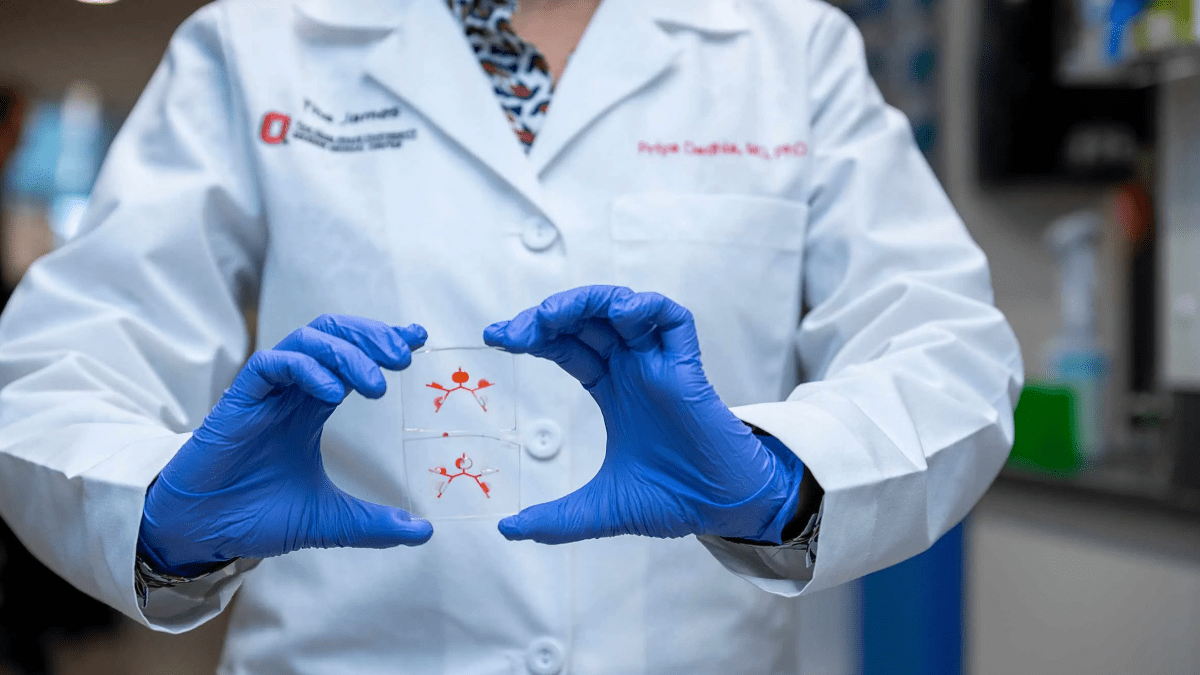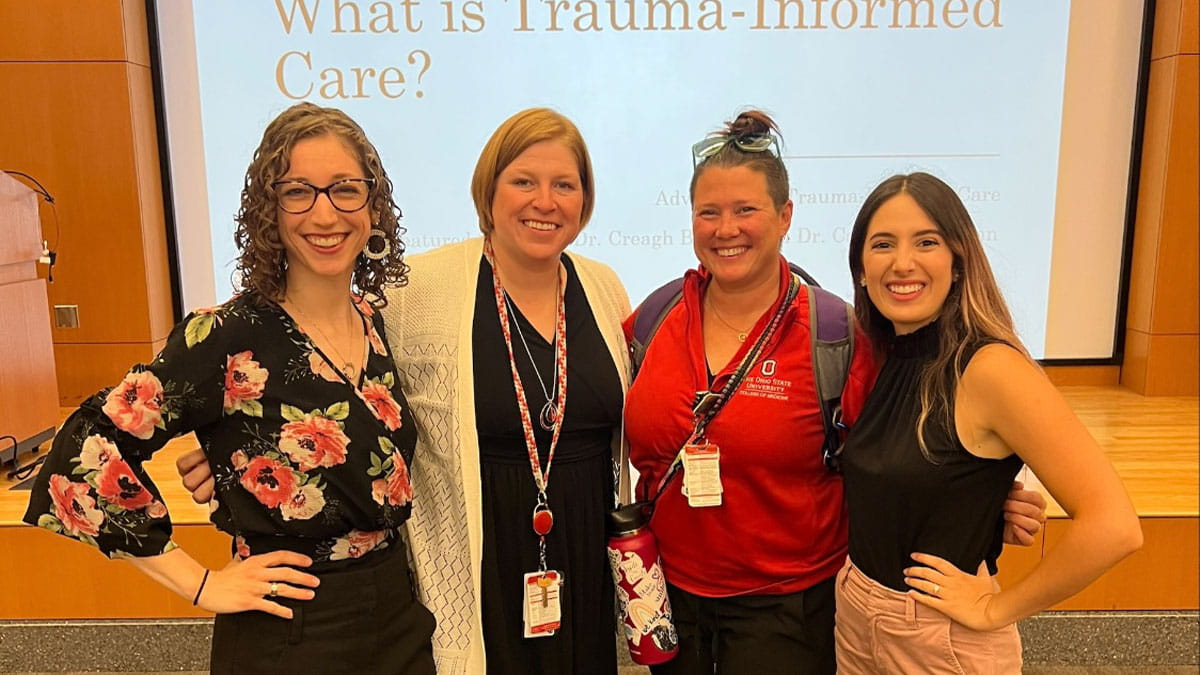Pilot study on capacity of Ohio public libraries as opioid responders awarded DOIM grant
 As the rate of opioid-related fatalities has risen in the United States, one set of public institutions has unexpectedly stepped into the role of frontline opioid responder: public libraries.
As the rate of opioid-related fatalities has risen in the United States, one set of public institutions has unexpectedly stepped into the role of frontline opioid responder: public libraries.
Libraries across the United States have experienced increased opioid activity on their premises, including drug purchases, use and overdose. Whether and how libraries should respond to opioid activity, most notably overdose, has become a pressing policy and practice issue for the nation’s 17,000 public libraries and professional organizations.
This controversial issue within the public library community has garnered a range of responses from participating libraries. Stocking up on the opioid antagonist naloxone (Narcan), training staff on reversing overdose, providing substance use education and treatment resources and modifying their environment to discourage opioid use are some of the interventions made by public libraries. With Ohio presenting the second-highest, age-adjusted, opioid-related overdose mortality rate in the United States, it’s important to understand how libraries in this state are being impacted by opioid activity, how they’re responding and how they understand their role in managing the crisis.
Janet Childerhose, PhD, assistant professor of Internal Medicine at The Ohio State University College of Medicine, will conduct a study that investigates the capacity of Ohio’s public libraries to respond to opioid activity on their premises. This research will consider the ethical and resource considerations that library directors must weigh, as well as how the opioid crisis is transforming the public library space and mission.
“Public libraries in the United States are trusted institutions that connect people to information and resources,” says Dr. Childerhose. “They welcome all, including the most vulnerable, and respond to changing community needs with information, programming and services. Libraries are also vital health care facilitators and educators, providing access to health services and developing health literacy to Americans. Responding to opioid activity in some ways falls very much into the mission of public libraries. Yet it also creates conflicts and dilemmas for librarians who are now rescuing patrons with naloxone. That’s something none of them signed up for.”
Dr. Childerhose will collect her data through a survey of 251 Ohio public library directors, followed by interviews with a subset of survey respondents.
“The significance of the study lies in addressing both the social transformation of public libraries in response to a national opioid crisis and the ethical dilemmas that this crisis generates for libraries,” says Dr. Childerhose. “Do library staff have an obligation to use naloxone to rescue patrons who appear to be overdosing? Are some libraries becoming surrogate safe consumption sites in a nation where none are sanctioned to operate?”
The pilot study was awarded a grant in April from The Ohio State University Wexner Medical Center's Department of Internal Medicine.
“I am so grateful for the support of my department in funding this study and for recognizing that libraries have become important actors in the opioid crisis whose work we need to understand,” says Dr. Childerhose. "Their support for this study has allowed me to draw on the expertise of our Center for Clinical and Translation Studies REDCap core to develop our survey and involve research staff who will manage participant recruitment and data analysis.”
To conduct this multi-phase, community-engagement project design, Dr. Childerhose’s study will be guided by three outcome aims:
- To collect baseline data about Ohio public libraries that have observed opioid activity on their premises and identify their opioid response measures, selection criteria and evaluation activities
- To identify considerations that shape libraries’ decisions to implement opioid response measures
- To solicit perspectives from Ohio library directors about the role that libraries are playing and their obligations and capacity to respond
“You know you’re doing exciting science when eyebrows go up and jaws drop,” says Dr. Childerhose. “Most people aren’t aware that public libraries are experiencing overdoses, but they’re immediately engaged by the idea of libraries as opioid responders. The enthusiasm and support of my library partners, the State Library of Ohio and OhioNet, is also propelling me. The big picture for the study is a bioethics project that asks two questions: whose job is it to manage the opioid crisis, and who has an obligation to rescue someone who is overdosing? I think libraries have a lot to say about both questions.”



